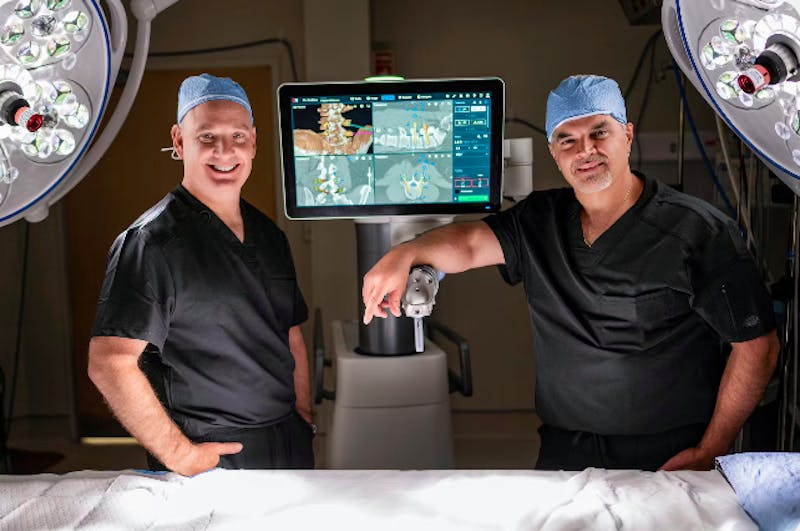
At the Center for the Functional Restoration of the Spine (CFRS), we believe in educating our patients every step of the way—especially when surgery becomes part of the care plan. For those who may ultimately require surgical intervention, one of the most common questions we hear is: "What hardware will be used in my spine surgery?"
Let’s take a closer look at the types of hardware often involved in spine surgery and why they may be necessary.
Why Hardware Is Used in Spine Surgery
Spinal hardware is used to stabilize the spine, correct deformities, and promote proper healing after surgical procedures. The goal is to create a stable environment that allows the spine to heal in proper alignment while relieving pressure from nerves or correcting structural problems.
Common Types of Spine Surgery Hardware
Pedicle Screws
Pedicle screws are specialized screws inserted into the bones of the spine (the pedicles) to provide stability. They are commonly used in fusion procedures and are often connected by rods to hold the spine in proper alignment during healing.
Rods
Rods are typically made of titanium or stainless steel and are attached to the pedicle screws. They help maintain the corrected position of the spine, providing rigid support during the healing process.
Interbody Cages/Spacers
In cases where a damaged disc is removed, an interbody cage or spacer may be inserted between the vertebrae. These devices help maintain disc height and proper spacing between vertebrae while promoting fusion of the bones over time.
Plates
Plates may be used in the cervical spine (neck region) to stabilize the spine after a disc is removed and fusion is performed. The plate is fixed to the vertebrae with screws to prevent movement as the fusion takes place.
Hooks and Wires
In certain cases, hooks and wires may be used as part of a spinal instrumentation system, particularly in deformity corrections such as scoliosis surgery.
Artificial Discs
For select patients, artificial disc replacement may be an option. These devices replace the damaged disc while preserving some degree of natural movement in the spine.
Materials Used in Spinal Hardware
Most spinal hardware is made from materials that are strong, lightweight, and biocompatible, including:
- Titanium – Highly durable and compatible with the body’s tissues.
- Stainless Steel – Strong and corrosion-resistant.
- PEEK (Polyetheretherketone) – A strong plastic-like material often used for interbody cages due to its compatibility and imaging advantages.
Conservative First, Always
At the Center for the Functional Restoration of the Spine, we believe that surgery is never the first option. While hardware can be a valuable tool in certain spine surgeries, we always begin with conservative, non-operative treatments whenever possible. Physical therapy, medications, acupuncture, and pain management injections are often highly effective in relieving pain and restoring function. Surgery—and any hardware used—is only considered when all non-operative measures have been exhausted and a clear clinical need exists.
By taking a conservative-first approach, we prioritize your safety, long-term function, and overall well-being, ensuring that surgery is only performed when truly necessary.
Schedule a Consultation
If you're experiencing back or neck pain, the first step toward relief doesn’t have to be surgery. Let’s explore your non-operative treatment options together.
📍 The Center for the Functional Restoration of the Spine
📞 732.380.1212
🌐 myspinedoc.com

